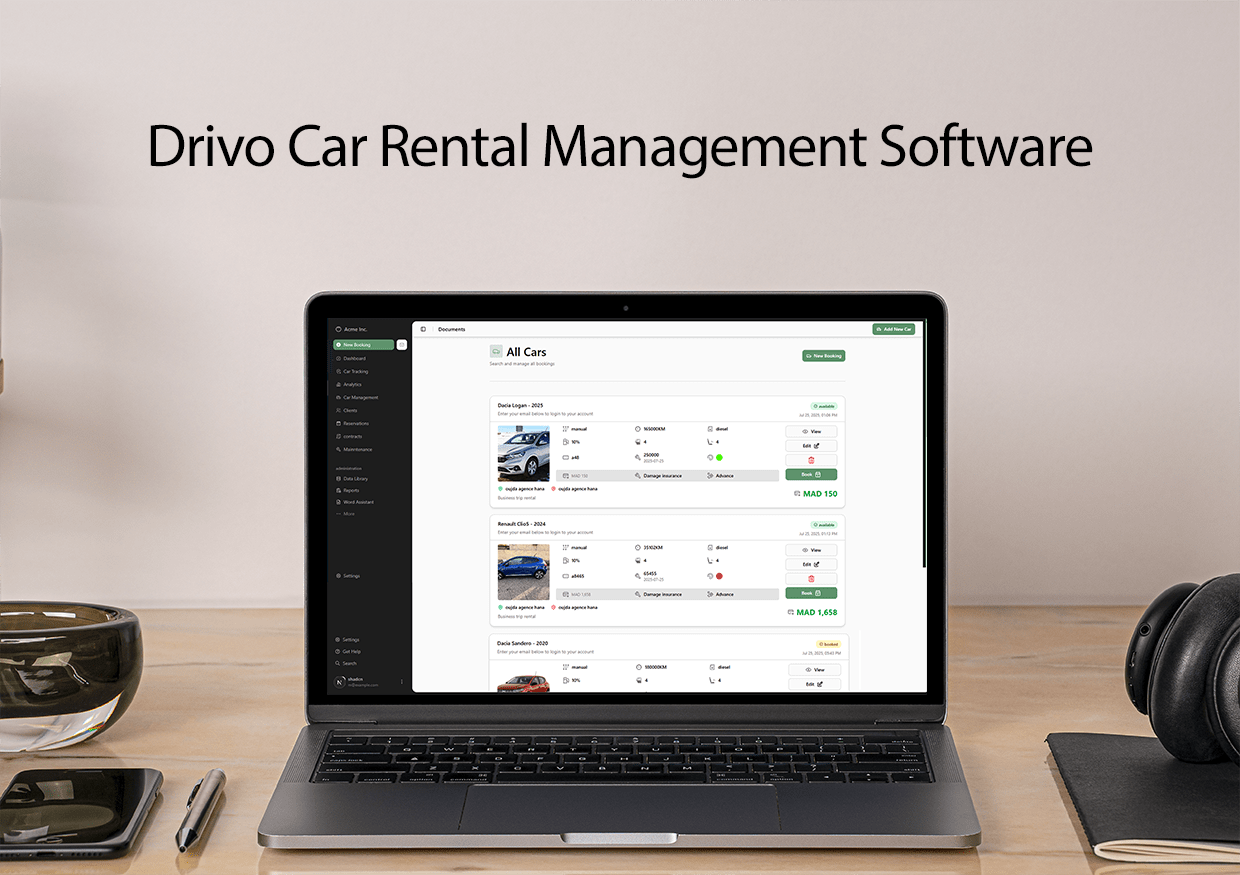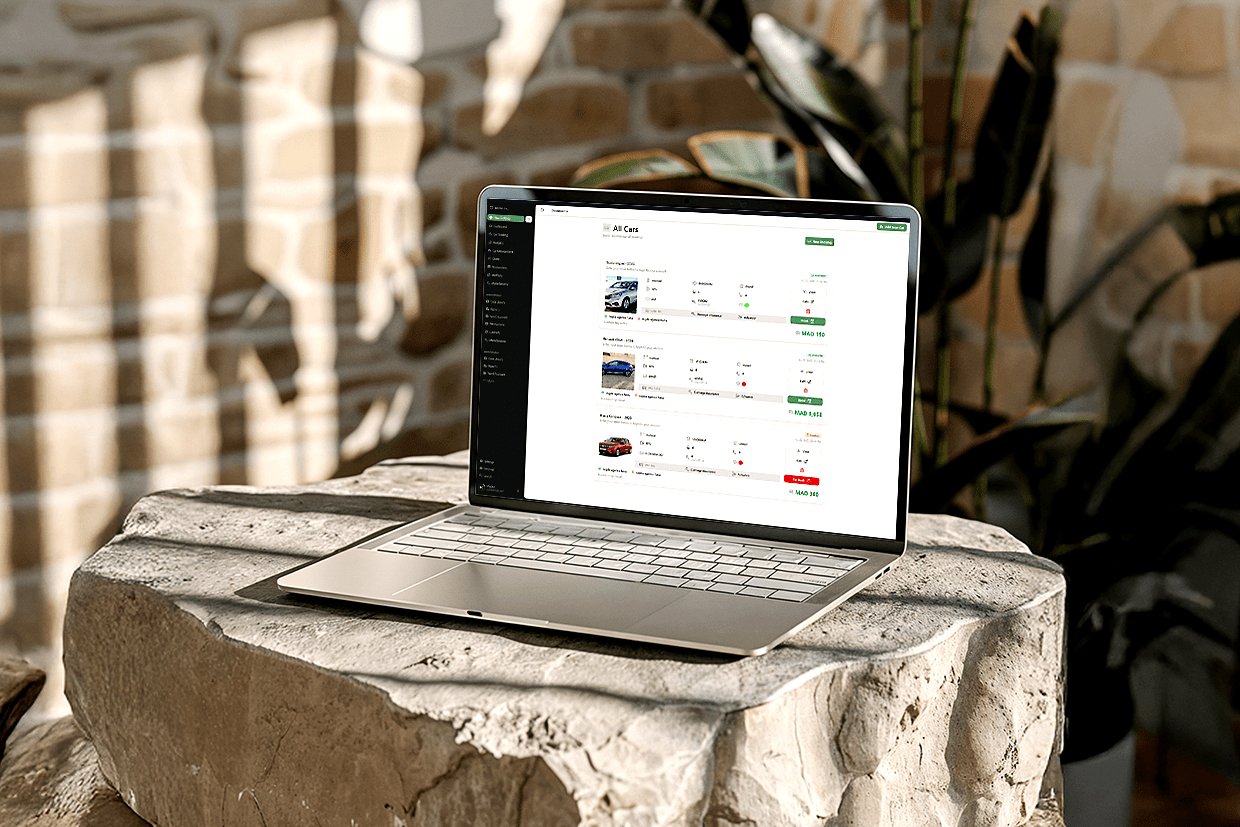I'm currently developing a multi-tenant SaaS platform tailored for agencies and operational businesses managing physical assets such as cars, equipment, or logistics units. It is particularly valuable for car rental services, delivery companies, and fleet management firms. The system emphasizes clean organizational separation, role-based access control, and scalable infrastructure from the ground up.
Drivo
web3 / web2 / Fullstack
David
1 jan 2025
Overview
Role-Based Access Control (RBAC)
One of the core design decisions in this platform is the implementation of a robust organization-based RBAC system. Each organization can invite team members and assign them predefined roles like owner, admin, manager, or staff. These roles control access to data and features. Users are connected to organizations through a Membership model, which handles both the link and their permission level. This ensures strict tenant isolation — no data leaks across organizations.
Entity Ownership and Data Isolation
All core entities in the system — such as cars, bookings, invoices, clients, and damage reports — are associated with a specific organization via an organizationId. This approach guarantees that when a user interacts with any data, it's scoped exclusively to their organization. For example, if a team creates a new car entry or submits a damage report, it is stored and retrieved only within that organization's context.
Asset and Booking Management
The system allows organizations to manage their fleet of cars or assets, complete with metadata, images, status updates, and availability. Bookings can be created by staff and linked to specific clients and assets. The invoices module tracks income per organization, supporting export options and history logs. Damage reports are also tied to individual vehicles and include file uploads for photographic evidence.
Stack Used
Team-Based Billing System
A usage-based billing mechanism is being implemented, where organizations pay per active user in their workspace. This pricing model directly reflects the platform’s value to growing teams, encouraging thoughtful scaling. Future integration with Stripe will allow automatic billing, invoice generation, subscription upgrades, and user-limit enforcement based on plan tiers.
Upcoming Features and Roadmap
There are several key features on the development roadmap: Real-time dashboards for performance tracking (earnings, bookings, usage) - Marketplace module where organizations can list vehicles publicly - Granular permission system, allowing admins to customize roles - Client portal for end-customers to view invoices and track bookings - Team activity log to audit user actions across the platform - Each feature is designed to be optional or tiered to support different pricing strategies.
My Role and Contribution
I’m building this platform solo — from idea to implementation. This includes data modeling, backend architecture, frontend design, authentication, access control, and future monetization strategy. The system is already functioning with a solid foundation, and new modules are added weekly as part of an agile development cycle.


